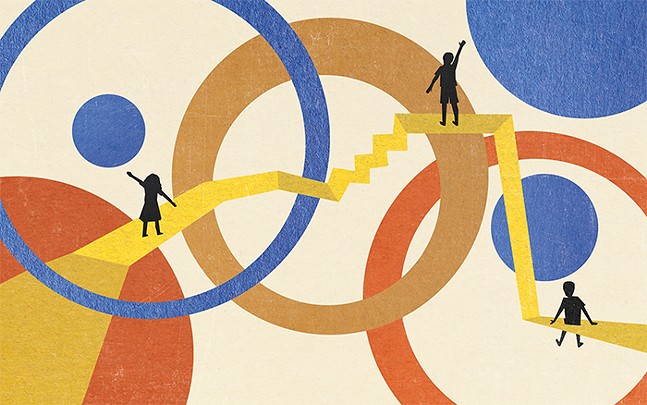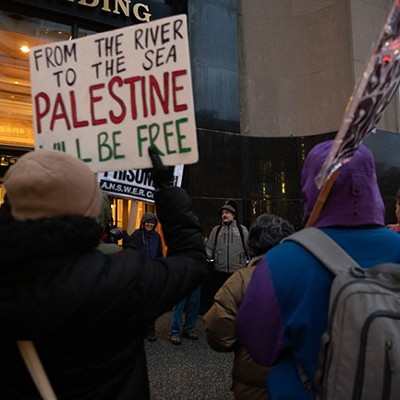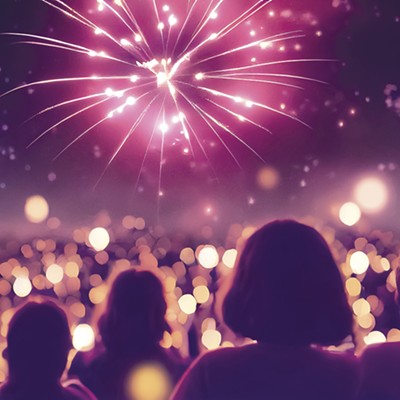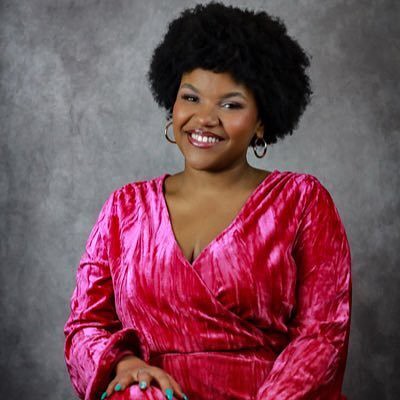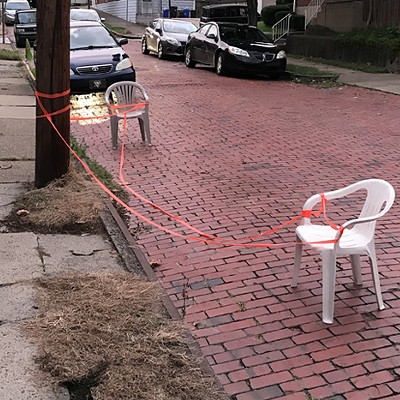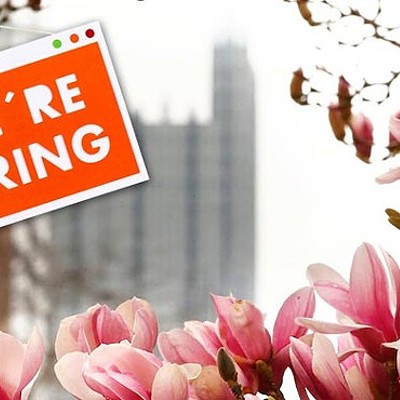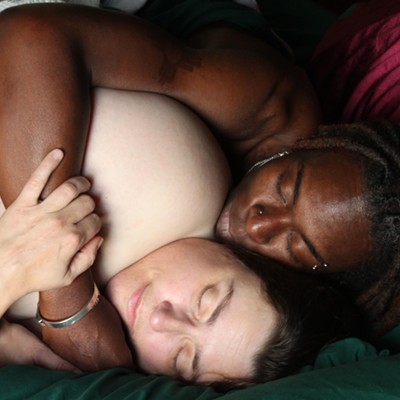Over the past few weeks, I have been trying to envision a different world. Different versions of the conversations we heard growing. The conversations that, depending on who we are, were meant to prepare us for the reality of the world we are about to inherit and build together.
Conversations in summary: “The Talk” given to Black and Brown children about interacting with so-called “law enforcement.” The conversations most women and femmes hear about how to dress and present ourselves, not as humans first but as female humans. We have also heard some heart wrenching or joyous stories of LGBTQIA+ “coming out” to family, friends, and co-workers. Furthermore, discussions from parents, family, teachers about a disabled youth entering a new space and how they are meant to “accommodate” or respond.
The takeaway: “You, my child, are not really free in this ‘Land of the Free.’”
This new world in my head and heart, reframes these conversations.
“The Talk'' wouldn't occur because there would be no need to tell a Black or Brown child that they would experience anything but justice when encountering police. Innocent until proven otherwise with respect due for their humanity. That the police would not use force, disrespect, and intimidation unless people were in a life and death situation. Surely, a grown person whose profession is to serve us and protect us would find every alternative to force when dealing with a child. That in any situation where a child is present, the utmost care would be taken with them, to serve them, and to protect them.
Young women and femmes would understand the foundation of their existence is their humanity, not their narrowly-defined femininity. In fact, our femininity would be so broadly defined that it would include all manner of expressions including the masculinity present in all us, just as the feminine is in masculine. Biologically, chemically, culturally, and socially, femininity and masculinity is a circle, not a line. It is grey, not black and white. How we are instructed to dress, to present ourselves to the world, is part of a limitless circle. There would be no need to tell us that our skirt is too low or too high. That we are “asking for it” or we are not asking for it, based on our appearance.
I hope for a world where any “coming out” would be something all of us would do. That sexuality and sensuality like the galaxy itself would be, yes, also a circle. That the default would not be heterosexuality but a word that would mean you’re attracted to human beings. One word I found was ambiphilia, being attracted to both masculinity and femininity. If you still want “teams,” the term “androphilia,” being attracted to men or masculinity and “gynephilia,” attraction to women or femininity. But is there a purely male or female person on this earth given that we all have both testosterone and estrogen? I think heterosexuality is a ridiculous concept. I am an ambiphilia-androphilia, however any man I love would have the ability to express his femininity as well as he should love my masculinity.
This is not an attempt to erase queerness or queer culture, but I think heterosexuality and all of its narrow, binary, violent ways of dictating human sexuality is far too toxic to continue. So if anything, let’s erase heterosexuality as an idea and a term.
Following the idea of human sexuality and sensuality as a circle and not a line, the idea of “coming out” if you identify as LGBTQIA+ would be met with a joyous celebration of personal expression and fullness. Expressions of sexuality and attraction to humans are natural, varied, beautiful, and filled with many examples throughout history. Heteronormativity has created a world where we are less human. The glorious multifaceted spectrum of queerness is one of the most beautiful things about our species.
I am also imagining a classroom, office, boardroom, or athletic field where a disabled person is welcomed completely as a full human being entering a learning and working circle. That word again, yes. A learning circle where the student, the class, and the teacher gets to learn with, not from, but with someone with a disability, in the same way any real classroom is a shared learning with everyone. This would apply to any and all spaces where there are people with disabilities seen and unseen. Not an attempt for everyone to conform to a narrow prescribed way of being “normal.”
A few years ago, I was listening to a parent talking about her autistic child saying, in summary, that we as a society have to broaden our definition of “normal.” Something that we already do to a lesser degree with children. As a five-year-old child, I would grab a parents’ or siblings’ hand, swing it, and start to skip down the street, and it was considered normal behavior depending on where we were. In my 30s, I started doing this with boyfriends to see their reaction, and if they dropped my hand, I would drop them.
In my head and heart.
Conversations in summary: You are precious, loved and important, we are so happy you’re part of this community and world.
The takeaway: “I am loved, I will be celebrated and protected in this community and this world, and my role is to love, celebrate, and protect others.”

